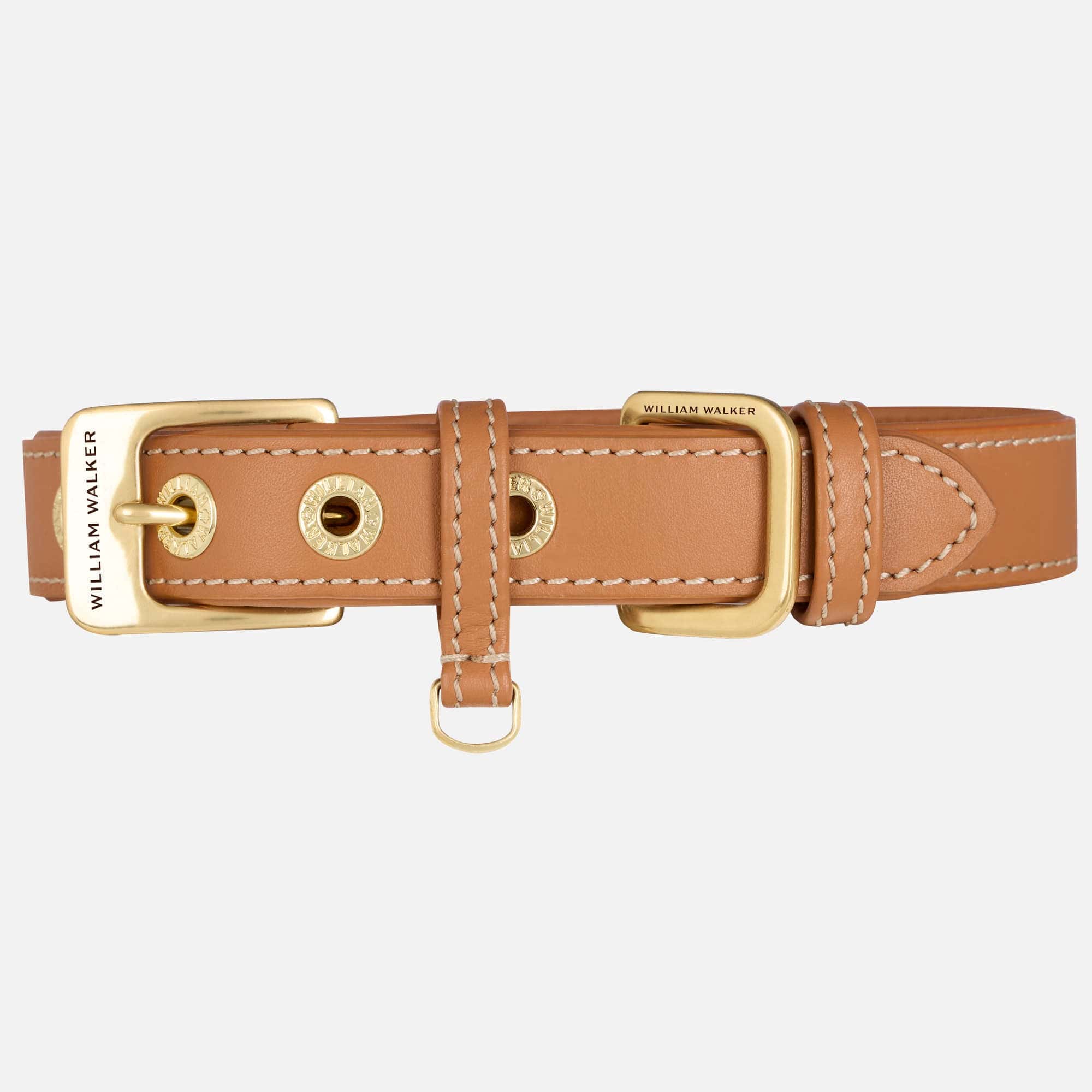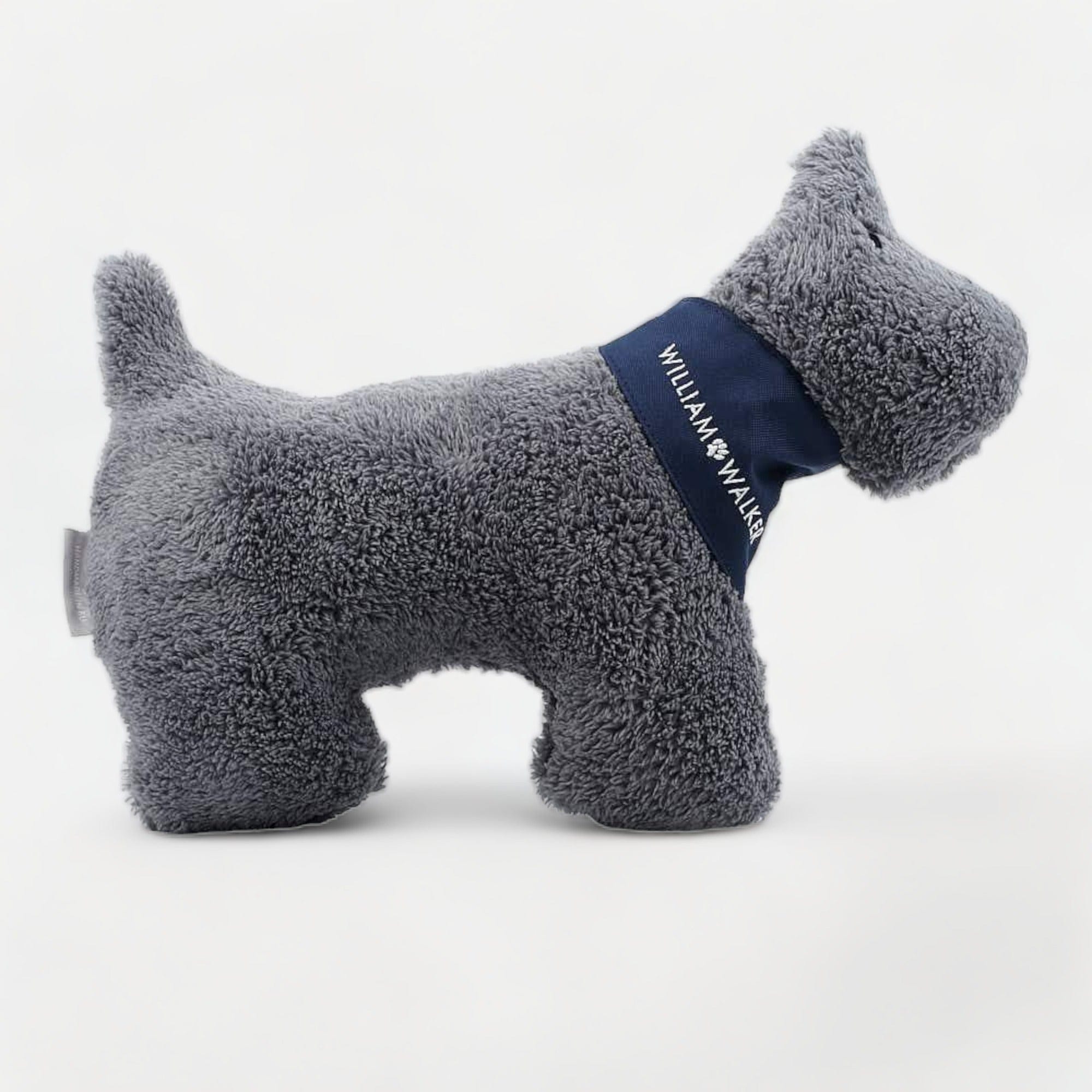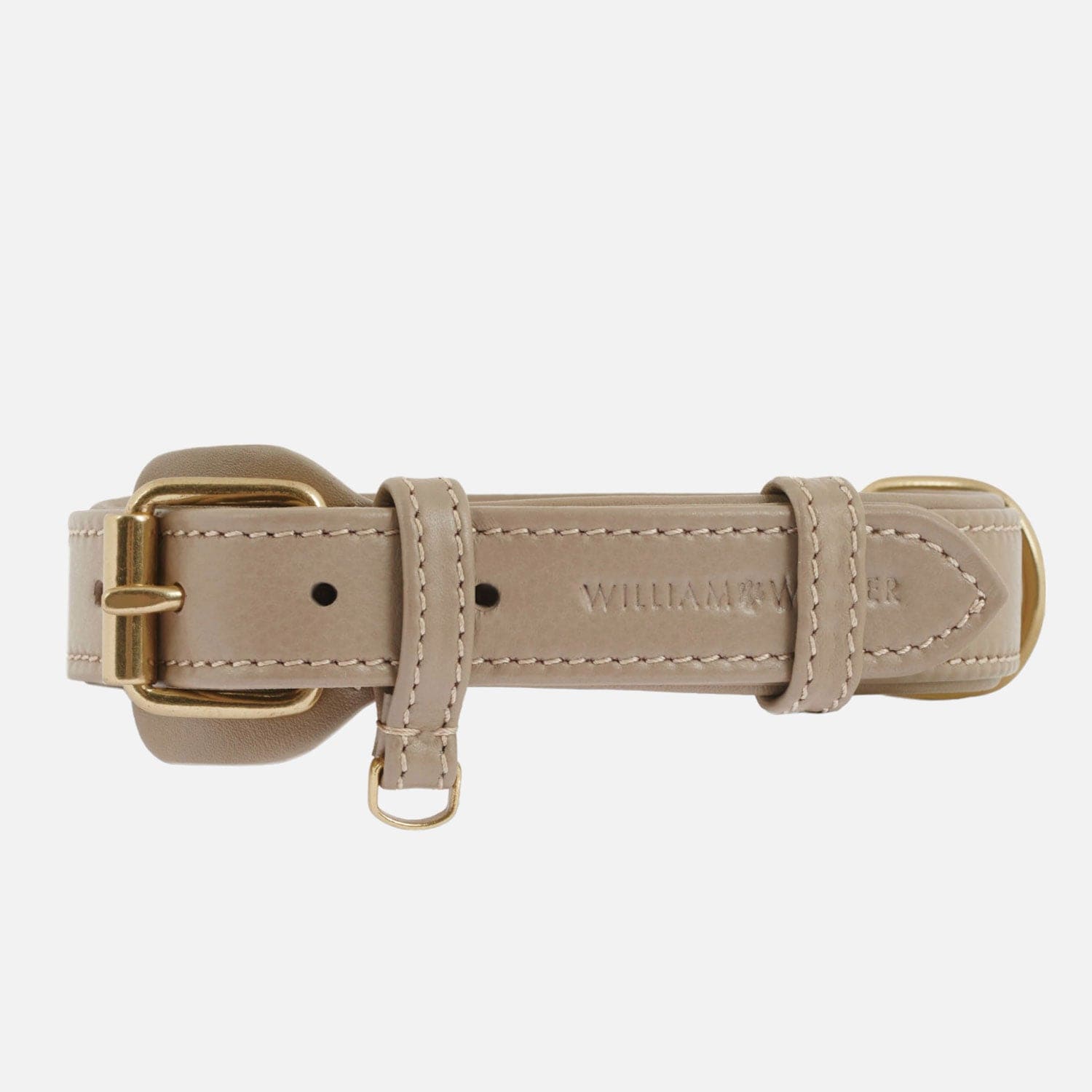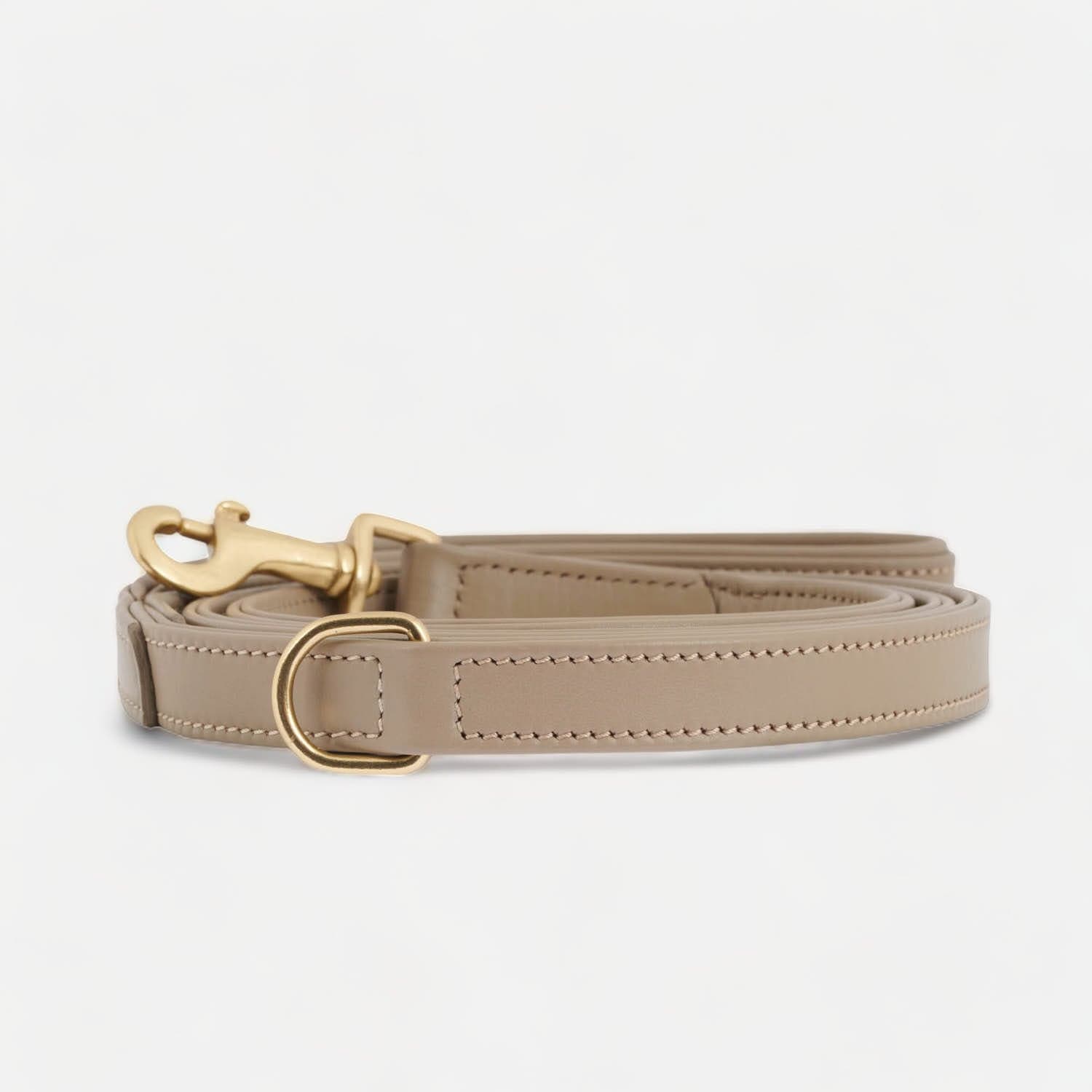Dogs communicate mainly through their body language, and understanding these non-verbal signals is crucial for a good relationship with your dog. In this article, you'll learn how to interpret your dog's different expressions to better understand their needs and feelings.
Why you and your dog will love these tips:
- Improved communication: A better understanding of your dog's body language promotes a stronger bond.
- Avoid misunderstandings: You learn to avoid misunderstandings and respond to your dog's needs.
- Promotes well-being: You can react more quickly to stress or discomfort and thus improve your dog's well-being.
Your dog's body language in detail:
- Ear position: The position of the ears can reveal a lot about your dog's mood. If the ears are facing forward, your dog is alert and curious. Ears that are laid back, on the other hand, can signal fear or submission. Observe your dog's ears in different situations to better understand his feelings.
- Eye contact: Dogs use eye contact to communicate. A direct, intense gaze can represent dominance or a challenge, while soft blinking and averted glances signal relaxation and submission. Avoid staring directly into your dog's eyes as this can be perceived as a threat.
- Tail position: The position and movement of the tail are important indicators of your dog's mood. A raised tail shows self-confidence and happiness, while a tucked tail signals fear or insecurity. A slowly wagging tail can express uncertainty or restraint.
- Body tension: The tension in your dog's body can tell you a lot about his current mood. A relaxed, loose body shows that your dog is comfortable. A stiff, tense body can indicate stress, fear or excitement. Pay attention to the overall body posture to assess your dog's emotional state.
- Facial expressions: Dogs have a variety of facial expressions that reflect their emotions. An open mouth with tongue hanging out shows relaxation, while bared teeth and a wrinkled face can signal aggression. Pay attention to subtle changes in your dog's facial expressions to better understand their mood.
- Body movements: The way your dog moves can also indicate his mood. Fast, frantic movements may indicate excitement or stress, while slow, smooth movements may indicate relaxation. Pay attention to how your dog moves in different situations to better understand his feelings.
- Vocalizations: Although this point has more to do with sounds than body language, it's important to understand the meaning of barks, growls, whines and other noises. These sounds are often closely linked to your dog's body language and can give you additional clues about his mood.
Understanding your dog's body language is the key to a harmonious and trusting relationship. By learning to interpret your dog's signals, you can better respond to their needs and improve their quality of life. Make sure you always observe your dog carefully and react to his body language. This will make your communication even better and your bond even stronger.




































































